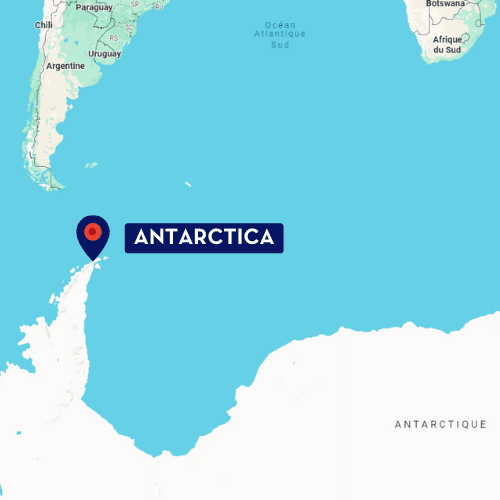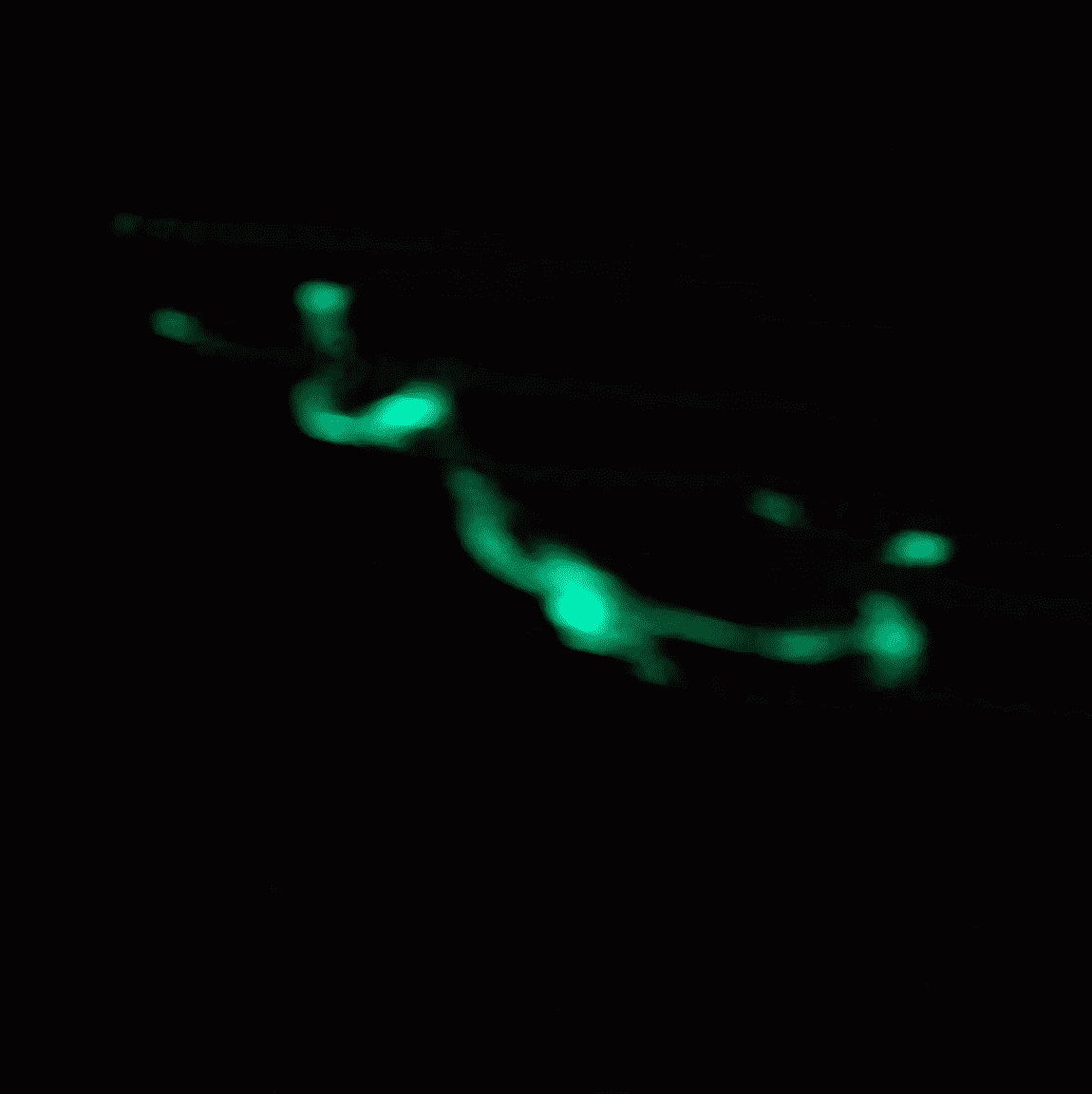
Discovering the diversity of species and their interactions to help preserve the Antarctic abyss
Discovering the diversity of species and their interactions to help preserve the Antarctic abysses
The Antarctic biolum project
CONTEXT AND MAIN ISSUES
Climate change is profoundly altering polar habitats and species, even though we still know little about them. For example, we have never explored the Antarctic abyss, home to fascinating species such as the colossal squid.
Today, there is an urgent need to understand and monitor the evolution of life in these regions, in order to anticipate and mitigate the threats it faces. However, interacting with this marine life without disturbing it represents a major challenge, not least because of the lack of knowledge about the life habits of these organisms. Researchers on the Antarctic Biolum project are turning to an innovative means of communication that is particularly essential in the deep sea: bioluminescence.
GOALS
Describing changes in the macrofauna of deep Antarctica using innovative 360° bioluminescence emission/detection.
METHOD
The project is based on the installation of an observation platform equipped with a unique light bait and high-resolution cameras. These devices will be deployed on the seabed of polar abysses, enabling constant, non-invasive 360° monitoring of the marine environment.
By modulating the color and patterns of light emitted, researchers will be able to selectively attract different groups of organisms, making it easier to study the biological diversity of the Antarctic abyss.
HOW IS THIS PROJECT INNOVATIVE?
By using bioluminescence as a means of communication with deep-sea species, it is possible to interact with deep-sea species without the need for capture or the use of nutrient baits that disrupt communities.
This project opens up new prospects for understanding and preserving these unknown ecosystems, already threatened by deep-sea mining.
Graphic summary
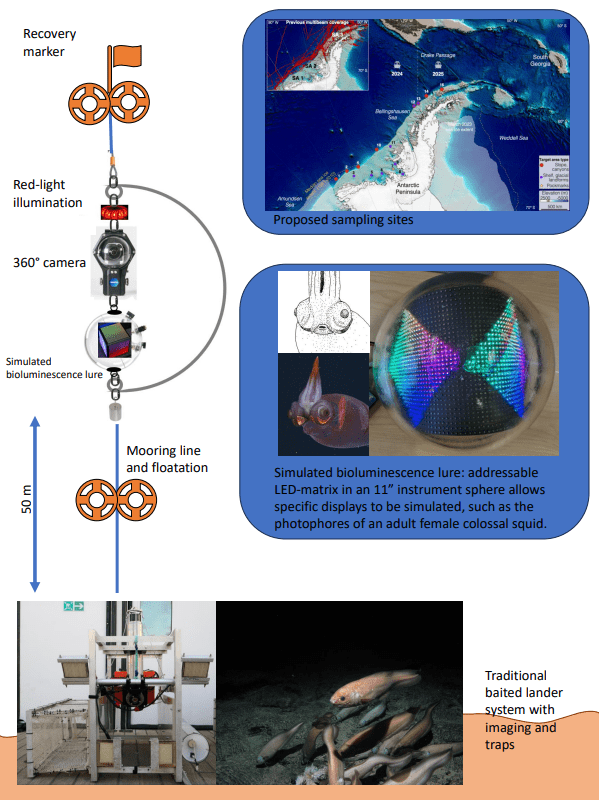
NEWS

Project duration
2024 – 2026
SUSTAINABLE DEVELOPMENT GOALS
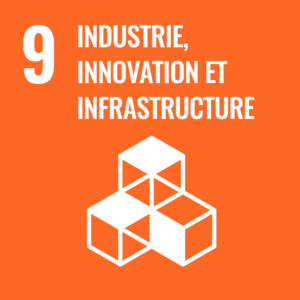
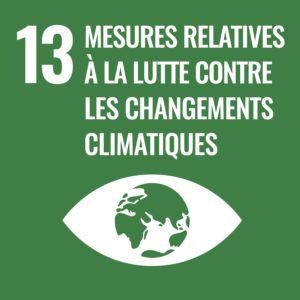
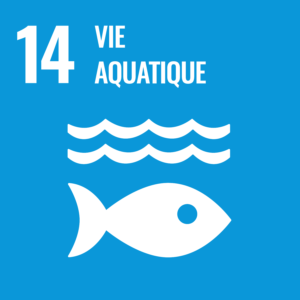



Results and progress
Coming soon
Step 1
Lorem ipsum dolor sit amet, consectetur adipiscing elit. Ut elit tellus, luctus nec ullamcorper mattis, pulvinar dapibus leo.
Lorem ipsum dolor sit amet, consectetur adipiscing elit. Ut elit tellus, luctus nec ullamcorper mattis, pulvinar dapibus leo.
étape 2
Lorem ipsum dolor sit amet, consectetur adipiscing elit. Ut elit tellus, luctus nec ullamcorper mattis, pulvinar dapibus leo.
Lorem ipsum dolor sit amet, consectetur adipiscing elit. Ut elit tellus, luctus nec ullamcorper mattis, pulvinar dapibus leo.
étape 3
Lorem ipsum dolor sit amet, consectetur adipiscing elit. Ut elit tellus, luctus nec ullamcorper mattis, pulvinar dapibus leo.
Lorem ipsum dolor sit amet, consectetur adipiscing elit. Ut elit tellus, luctus nec ullamcorper mattis, pulvinar dapibus leo.
The team
Dr Thomas Linley
Marine biologist at the Museum of New Zealand Te Papa Tongarewa
Katherine Bolstad
Associate professor at Auckland University of Technology
Partners
Patricia Esquete Garrote
Researcher at the University of Aveiro, Portugal
Eulogio H. Soto Oyarzún
Marine biologist at the University of Valparaíso, Chile
News


